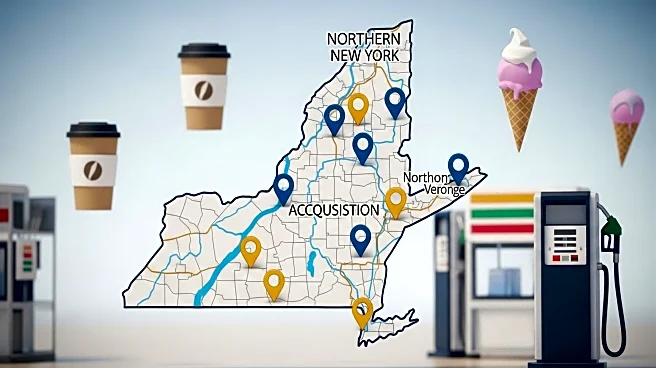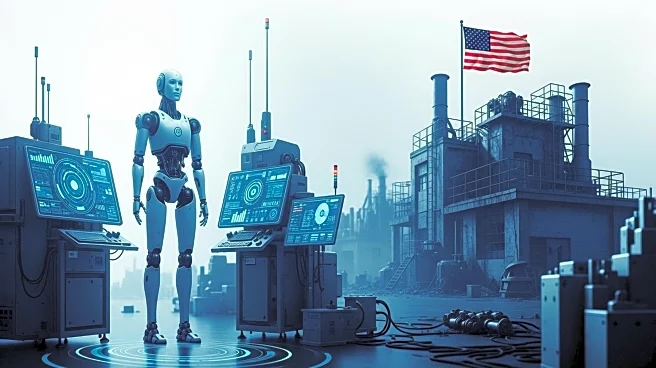What's Happening?
Orvis, a Vermont-based outdoor and sporting goods chain, has announced plans to close nearly half of its retail locations across the United States by early 2026. The decision comes as the company faces an 'unprecedented tariff landscape,' according to Orvis president Simon Perkins. The closures will affect 31 stores and five outlets, reducing the company's footprint from 70 locations. Orvis, which began as a fly-fishing equipment store in 1856, has since expanded its offerings to include sportswear, fine gifts, home furnishings, luggage, and travel accessories. Despite the closures, Orvis plans to refocus on its heritage pursuits of fly fishing and wingshooting, aiming to lead in innovation and serve its angling and upland communities. The company employs 1,500 people nationwide, though the exact number of employees affected by the closures is not yet known.
Why It's Important?
The closure of nearly half of Orvis's retail locations signifies a significant shift in the company's strategy, potentially impacting the U.S. retail landscape and the communities where these stores are located. The decision highlights the challenges faced by businesses due to changing tariff policies, which can affect pricing and profitability. For Orvis, refocusing on its core activities of fly fishing and wingshooting may help strengthen its brand identity and customer loyalty. However, the closures could lead to job losses and reduced local economic activity in affected areas. The move also reflects broader trends in the retail industry, where companies are increasingly adapting to external economic pressures and shifting consumer preferences.
What's Next?
As Orvis transitions to a more focused business model, it will likely seek to enhance its product offerings and customer experience in the fly fishing and wingshooting sectors. The company may also explore partnerships or collaborations to expand its reach within these communities. Stakeholders, including employees, customers, and retail partners, will be closely monitoring the impact of these changes. Additionally, other businesses in the retail sector may evaluate their strategies in response to similar economic challenges, potentially leading to further industry consolidation or shifts in market dynamics.
Beyond the Headlines
The decision by Orvis to close a significant number of stores raises questions about the long-term sustainability of traditional retail models in the face of economic pressures such as tariffs. It also underscores the importance of brand heritage and specialization in maintaining competitive advantage. As Orvis returns to its roots, the company may set a precedent for other retailers considering similar strategic shifts. The closures may also prompt discussions on the role of government policy in supporting or hindering business operations, particularly in sectors reliant on international trade.











